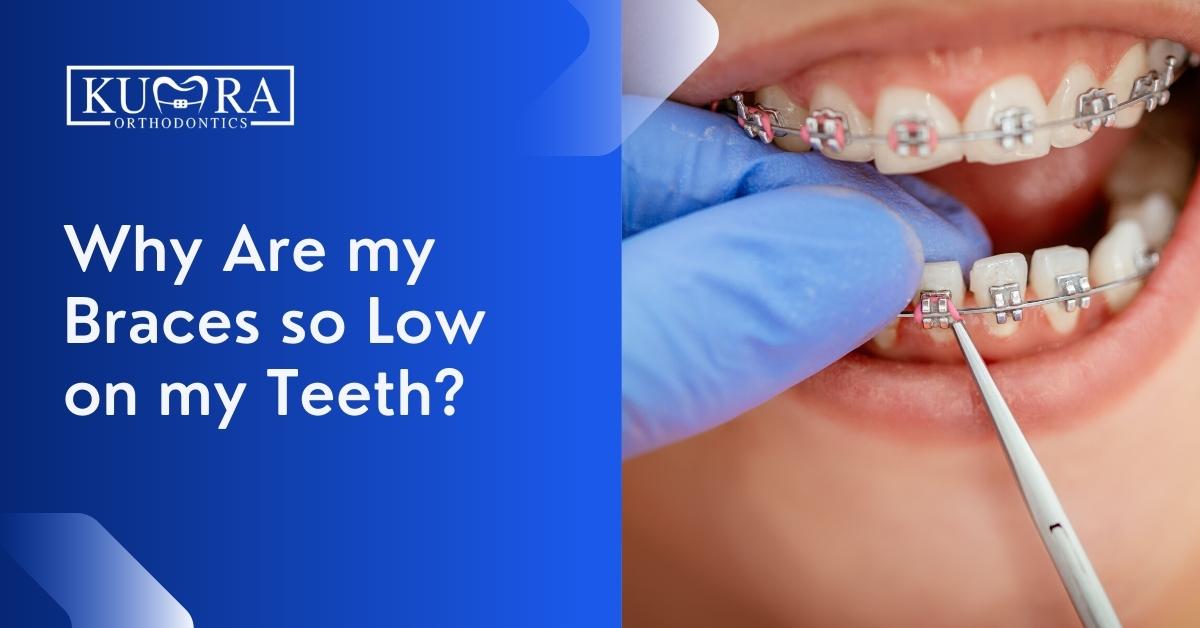Finding the Right Cumming Orthodontist for Your Braces and Aligners Needs
Finding the Right Cumming Orthodontist for Your Braces and Aligners Needs
Blog Article
Comprehensive Overview to Orthodontics Procedures for Fixing Dental Misalignments
In the world of orthodontics, the journey to accomplishing a perfectly aligned smile includes a myriad of treatments customized to correct dental misalignments. From standard dental braces to invisible aligners and even surgical options, the area of orthodontics provides a variety of remedies to resolve varying degrees of dental irregularities. Understanding the ins and outs of each treatment, including their systems, advantages, and possible downsides, is crucial in making informed decisions about one's orthodontic treatment. As we navigate through the comprehensive guide to orthodontic procedures for correcting oral imbalances, the detailed information of each approach will certainly unravel, clarifying the path toward a harmonious and functional oral placement.
Orthodontic Procedures Introduction

Along with clear aligners and traditional dental braces, orthodontists may likewise advise other treatments like headgear, palatal expanders, or retainers to attend to specific placement issues (orthodontist). These treatments are customized to each individual's unique requirements and might include a mix of treatments to accomplish the wanted results. Routine adjustments and surveillance are essential components of orthodontic therapy to guarantee progression is on track and to make any type of necessary adjustments in the process. By undergoing orthodontic procedures, people can not only achieve a straighter grin yet also boost their total oral health and wellness and feature.
Conventional Dental Braces: Just How They Function
When considering orthodontic treatments for oral imbalances, traditional dental braces attract attention as a time-tested method for correcting teeth positioning. Conventional dental braces contain braces, wires, and bands that function together to use constant stress on the teeth, slowly relocating them into the wanted positioning. The braces are connected to the teeth using a special adhesive, and the cords are threaded with the braces. By changing the stress of the wires, orthodontists can manage the direction and force put on each tooth, assisting them into appropriate alignment in time.
As pressure is used to the teeth via the braces, the bone bordering the teeth is reshaped to support the new tooth settings. Patients will certainly require routine modifications at the orthodontist's workplace to make sure the dental braces continue to apply the appropriate pressure for effective teeth movement.
Unnoticeable Aligners: Cons and pros
Unnoticeable aligners provide a discreet and convenient choice to standard braces for fixing dental imbalances. These clear, personalized trays are essentially undetectable when used, making them an attractive alternative for people looking for a much more visually pleasing orthodontic treatment. Among the main advantages of invisible aligners is their removability, allowing for less complicated maintenance of oral health compared to traditional dental braces. Individuals can eliminate the aligners before consuming or brushing their teeth, lowering the danger of food getting embeded the home appliance and simplifying the cleansing process.

Surgical Orthodontic Options
Surgical treatments in orthodontics existing sensible alternatives for addressing complex oral imbalances that might not be properly resolved via standard orthodontic therapies. While typical dental braces and unseen aligners can remedy numerous orthodontic issues, certain cases call for medical treatment to achieve optimal outcomes. Surgical orthodontic alternatives are normally suggested for severe malocclusions, significant jaw discrepancies, and instances where the underlying bone framework needs alteration to attain appropriate alignment.
One common medical orthodontic treatment is orthognathic surgery, which entails rearranging the jaws to remedy functional concerns such as problem chewing or talking. This surgical procedure is typically performed in cooperation with an orthodontist who helps straighten the teeth before and after the treatment. Surgical orthodontics might also include procedures to reveal impacted teeth, get rid of excess gum cells, or reshape the jawbone to develop a more unified facial account.
Before thinking about surgical orthodontic choices, patients go through a comprehensive examination to determine the requirement and potential benefits of such treatments. invisalign. While surgical procedure may appear challenging, it can dramatically improve both the function and aesthetics of the smile in situations where standard orthodontic treatments fall short
Retainers and Post-Treatment Treatment

Failing to abide with post-treatment treatment Home Page guidelines can result in regression, where the teeth progressively relocate back in the direction of their initial placements. Regular retainer wear, excellent dental health, and normal oral exams are necessary for keeping the outcomes accomplished via orthodontic surgical procedure and making certain the lasting security of the dealt with oral placement.
Verdict
In verdict, orthodontic treatments offer numerous choices for dealing with dental misalignments. Surgical orthodontic alternatives are available for more serious imbalances. Generally, orthodontic procedures can efficiently improve oral wellness and visual look.
As we navigate with the thorough guide to orthodontic procedures for remedying oral misalignments, the complex information of each approach will unfold, shedding light on the course towards a harmonious and useful oral positioning. - aligners
One of the most common orthodontic therapies is the use of braces, which are composed of steel brackets and cords that use gentle stress to progressively shift teeth into the preferred placement.When considering orthodontic treatments for dental misalignments, standard dental braces stand out as a reliable method for correcting teeth positioning. Furthermore, unseen aligners might not be ideal for complex orthodontic concerns that call for even more substantial teeth movement, as they are generally suggested for moderate to moderate situations. Retainers are tailor-made orthodontic gadgets created to hold teeth in their remedied placements after the conclusion of orthodontic therapy.
Report this page